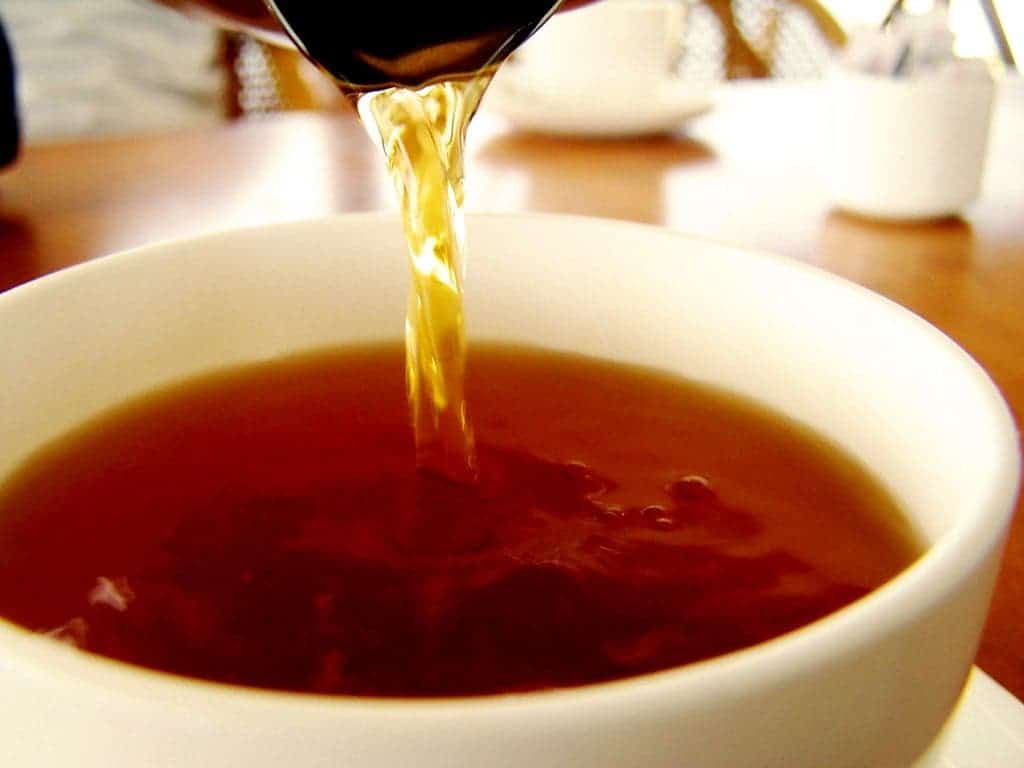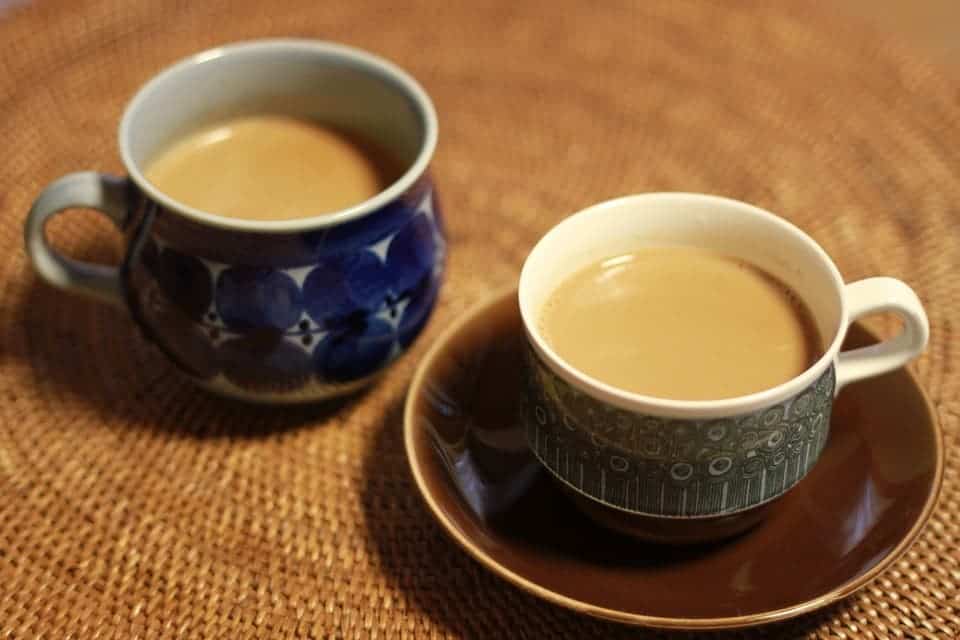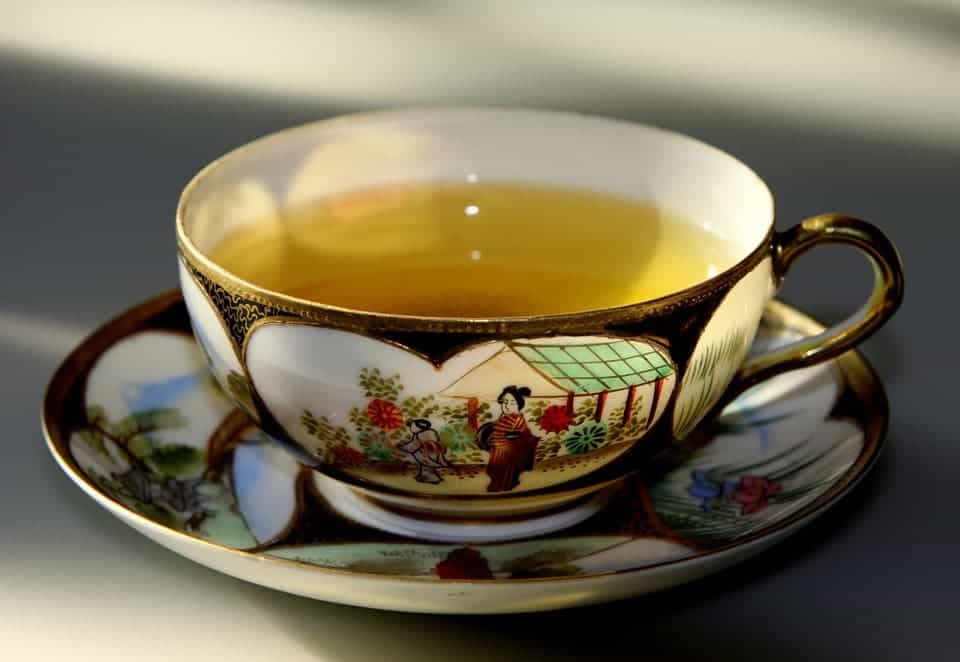The history of tea spans thousands of years and by now, wherever there are humans, there’s almost always also some type of tea. But brewing tea is more than just tossing things into hot water. If you want to do it right, and brew the perfect cup of tea (whether it’s tea bags or loose tea), you’ve come to the right place. We’ll be looking at how to brew tea properly, with advice from expert scientists, including the British Royal Society of Chemistry.
Tea brewing is as much an art as it is a science, and as George Orwell used to say, “the best manner of making it is the subject of violent disputes.” Needless to say, different teas may require different methods, and personal preference also plays an important role.
However, there are some things about tea brewing that are pretty much universal. We’ll have a look at how to brew the perfect tea, but keep in mind that there’s no strictly universal way of making tea — different tea varieties, different plants, and different tastes mean that there are endless ways to customize brews. But here’s how to make better tea.
The water
Tea is over 99% water, so it makes sense that we start here.
The water should be fresh and “soft” — hard water contains minerals that can create unwanted tea scum. This doesn’t really affect the taste, but it does create a rather unpleasant sight. For this reason, bottled mineral water is always a no-no for brewing tea.
Having a nice, soft water ensures that your tea will be smooth and uniform. It’s also good to use water that hasn’t been previously boiled. Tea loves oxygen, which allows it to spread its flavor generously, and pre-boiled water has lost some of that oxygen.
Of course, if you only have hard water available, that’s perfectly fine; just keep in mind that it may slightly influence the taste of your brew.
The cup
In addition to water, something else that people ignore when thinking about tea is the cup. The cup is not part of the tea per se, but it’s more than just an accessory.
One should never drink tea from polystyrene cups, the Royal Society of Chemistry says. Not only does that make the tea too hot to drink straight away, but it also absorbs some of the flavors, and often adds in some of its own plastic or papery flavor. Plus, it’s almost impossible to recycle.
Tea should instead be enjoyed from a ceramic cup or a mug. Ideally, from your favorite mug, when it’s raining outside.
Personally, I like large mugs, because aside from allowing you to drink more tea, they retain heat better than smaller cups. Smaller cups (especially those with a large surface) tend to cool down faster. To accelerate cooling, you can leave a teaspoon inside the mug, where the metal will act like a radiator.
The tea

Finally, we’re down to the tea!
The first decision is to make sure whether you want loose or tea bags.
Tea bags are, of course, very convenient, and they are consistent: bags from the same producers pretty much have the same taste all the time.
But they do have a few downsides. Producers often bag lower-quality tea or include filler material, though that is not always the case. Even if the bagged tea is high quality, the bag itself slows down the infusion. In the case of black tea, not only do they slow down infusion, but they also favor the spread of tannins, which is less desirable due to their strong and unpleasant taste. Tea bags also have an environmental impact, as they are packaged in materials that are commonly not biodegradable. Oh, and the bags of most brands may leak microplastics into your brew. Therefore, we recommend using leaves or other loose tea.
Sure, loose tea requires more preparation time and a bit of care. You need to measure the amount of tea, and you may need some extra equipment like a strainer or an infuser. This being said, loose tea grants you more control over how much tea you want to put in, and it’s typically more flavorful.
You don’t need a lot of tea per cup. As a rule of thumb, one teaspoon (2 grams) is typically sufficient for 100 grams — so you’d need 2-2.5 tea spoons per average cup to ensure that the flavor spreads properly.
Of course, make sure that your tea is high quality. Good tea is not necessarily expensive — you can find cheap, high-quality. Make sure that the production area is written clearly on the label, and make sure it’s a type of tea you enjoy. Avoid artificial flavorings. Opting for fairtrade tea is always a good choice since it ensures that the people who worked to grow and harvest the tea get paid properly. But no matter what kind of tea you opt for, make sure it’s good.
The brewing
For green and black tea, infusion needs to be done at the highest possible temperature. However, as mentioned before, you don’t want to over-boil the water because that will make it lose oxygen. So as soon as it starts to boil, take it out of the kettle (or stop the fire) and start the infusion process.
| Type of Tea | Brewing Temperature (°C) | Brewing Time (minutes) | Water-to-Leaf Ratio (g/100mL) |
|---|---|---|---|
| Black Tea | 90-100 (Boiling) | 3-5 | 2-3 |
| Green Tea | 65-85 | 2-3 | 1-2 |
| White Tea | 70-90 | 4-5 | 1-2 |
| Oolong Tea | 80-90 | 3-4 | 2-3 |
| Herbal Tea | 100 (Boiling) | 5-7 | 1-2 |
| Chai Tea | 100 (Boiling) | 5-7 | 2-3 |
For the perfect tea, you don’t want to put the hot water into a cold pot, so either pre-heat the pot (maybe in a microwave) or pre-fill it at least a quarter with boiling water, and then drain it.
Brew for 3-4 minutes. Again, this is often a matter of preference and depends from tea to tea, but 3-4 minutes is generally a good reference. The more you brew it, the more tannins and antioxidants are released into the brew. You want some of those because they’re good for you, but too many will leave behind a nasty aftertaste, which you want to avoid.

It’s also important to keep in mind a higher water-to-leaf ratio typically results in a stronger brew, while a lower ratio results in a milder brew. Water can also affect the taste. The ratios listed in the table above are general guidelines and can vary depending on personal preferences.
Milk and sugar
Milk and sugar are, of course optional — as is lemon. Traditionally, milk was added to tea to preserve the delicate and very expensive Bone China cups, and the taste has remained popular, especially in the UK. If you do add milk, make sure to pour it first, before the tea, to ensure a nice spread of color. You can, of course, also add it after the tea — just be sure to mix it well to obtain a uniform color. If you’re lactose intolerant, you can substitute in other options, such as soy or almond milk. Just keep in mind that anything you add will change the taste of the tea.
There were some studies that claimed that adding milk to tea neutralizes the beneficial effect of its antioxidants, but more recent research has found that that is not really the case. It’s not clear why different studies obtained different results.
Plant-based milks are also a good replacement for milk. Use a ‘barista’ version of best results.
Sugar is also optional. White sugar is the most common option, but dark sugar and honey can also be used. A bit of sweetness works great with tea, as it moderates the tea’s natural astringency. Of course, too much sugar isn’t good for you, and it will also mask the flavor of the tea. Honey is another great choice — it’s not as sweet, it adds a bit of secondary flavor, and it’s more healthy than sugar. Just make sure to not pour it into boiling water, because that will destroy its beneficial properties; add it after the tea cools down a bit.
Drinking tea

So, you’ve got the right water, the right pot, the right cup, the right tea, and you’ve poured some milk (or not); now you’re waiting for the brew to cool down a bit. After 3-4 minutes, take the tea out (or pour it into your cup). Let it cool down to 60°C and 65°C, which is usually obtained around 1 minute after the brewing time. If it’s hotter than that, you won’t be able to drink it — and no one likes a slurper. If it cools down more , its taste starts to change. Of course, no one’s going to measure the temperature. As a rule of thumb, it should have cooled down enough to be comfortably drunk, but still hot.
… and most importantly
Sit down and relax. Drinking tea is as much a feeling as it is an actual activity. Focus on the brew ahead of you, smell it before you drink it, and enjoy it thoroughly. Experiment with different teas and different brewing processes. Find what you like and tweak things according to your own taste. Good company makes for better tea, but tea also works perfectly with “me moments.”
Enjoy!
The short version
For those who can’t be bothered to read the whole thing, here’s the short version:
- Soft water, no mineral water, and no hard water. No pre-boiled water.
- Ceramic mug or cup.
- Try loose tea or high-quality teabags.
- Boil water, start brewing.
- Brew for 3-4 minutes.
- Milk and sugar (or honey) are optional.
- Drink at 60°C – 65°C degrees.
- Enjoy!



